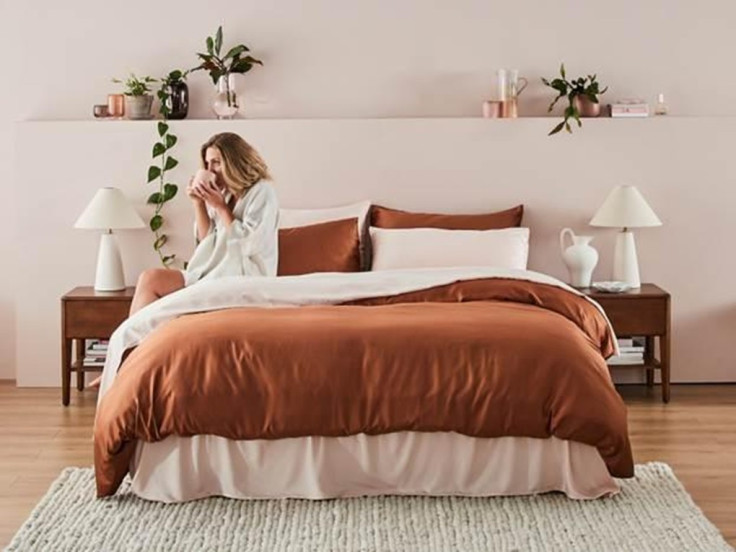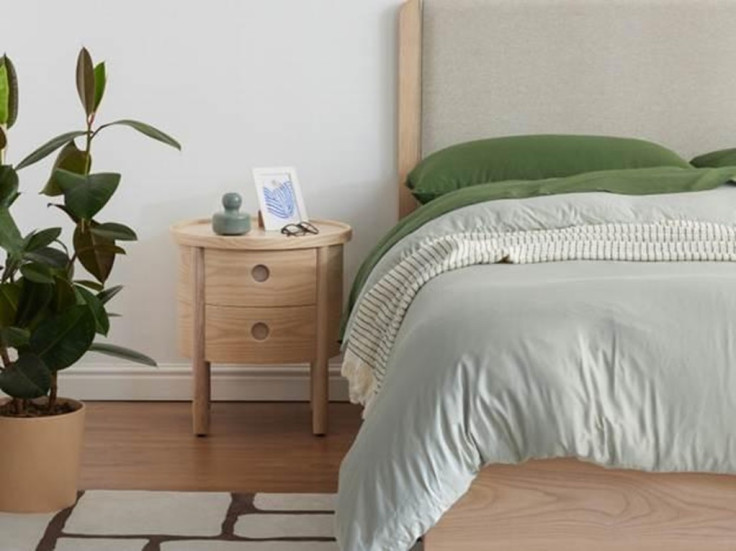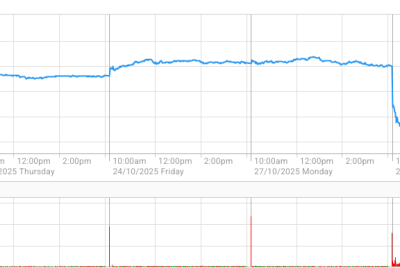The Booming "Sleep Tourism" Industry and How to Recreate It at Home

Sleep tourism, catering to people who'd rather spend their vacation in bed, is one of the biggest travel trends right now. Recent market analysis projects a USD$400-billion increase in value from 2023 to 2028, eventually breaching the USD$1-trillion barrier. It's so trending that the hotel industry has reportedly jumped in. (1)
Traditional tourism isn't going away anytime soon, but more people want to recoup sleep hours lost to the rigours of daily life. A survey done last year reported that the average Australian only gets less than seven hours of sleep per night. Sleep quality is as much of a problem, with a third of Australians struggling to either fall or remain asleep. (2)
On that note, sleep tourism doesn't mean leaving the comforts of your humble abode. With the right furnishings and design decisions, a normal bedroom can provide quality sleep for the weary Aussie. Check out the tips below to make it happen.
Turn Comfort Up to 11
A bed that gives sleepless nights, let alone back or neck pain, defeats the purpose of sleep tourism. Comfort is the name of the game, and there are plenty of ways to maximise it.
Start by checking the current mattress for signs of a long-overdue replacement. Waking up to a sore body or with difficulty breathing is a major red flag, but there are others, such as:
- Being slow to or not returning to its original shape
- Visible signs of wear and tear (e.g., spilling filling)
- Allergies flaring up even when not in season
- Waking up drenched in sweat every time
- The mattress was bought over eight years ago
Most of these signs also apply to pillows and covers, albeit they tend to be replaced much earlier. According to the Sleep Foundation, pillows may need to be retired after one to four years, depending on the filling material. (3)
One of these signs is reason enough to head to a mattress store and explore the mattress range. You can pick between traditional innerspring and memory foam mattresses, or go for one that has the best of both worlds. Also consider crucial factors like breathability, ergonomic support, firmness, and mattress size.
Reduce Bedroom Lighting
Room lighting matters a lot when sleeping. For starters, your circadian rhythm (also called your internal clock) is influenced by the amount of light in the environment. It explains how humans work during the day and rest at night, owing to the release of certain hormones.
Experts say exposure to light at night throws off the body's circadian rhythm, preventing it from releasing enough melatonin to induce drowsiness. Even if the person manages to fall asleep, achieving rapid eye movement (REM) sleep would be daunting. REM sleep is vital in improving overall brain function and development. (4)

Make no mistake, natural light is still welcome in the bedroom. However, you'd want the ability to block it out when you're about to turn in for the night. Consider blackout curtains or drapes for the windows, though blinds are also viable.
If you want light while you sleep, settle for warm light with a dimming option. This kind of light emits colours close to the infrared spectrum, namely orange and yellow. For bedside lighting, prefer lamps with translucent covers to avoid bright light disturbing your slumber. Furthermore, block any sources of blue light, such as mobile devices.
Place the Bed Against the Wall
Interior designers emphasise bed placement. As the focal point of the bedroom, the bed's position determines that of the rest of the sleep amenities. As such, the ideal position is some distance from the door and, more importantly, against a quiet wall.
A bed against a wall is practical in terms of security, as the sleeper's concern will only be on three sides instead of four. It also makes sense from a mystic point of view, as it leaves sufficient space for a balanced flow of qi or energy. Nothing beats a bedroom that makes you feel safe and at peace. (5)
However, positioning a bed gets trickier for larger mattress sizes. If you plan to spend your sleep-cation with your significant other, the couples-size bed must leave space for them to manoeuvre. Fortunately, there are compact options for rooms with limited elbow room.
An exception to the wall rule is when all the walls face sources of high noise (e.g., a busy road, the neighbouring house's baby room). In this case, experts recommend placing the bed at the centre of the room. If the bed doesn't come with a headboard, a low cabinet or shelf is a good alternative. (6)
Set the Right Temperature
Did you know that flight attendants set the temperature low to help passengers fall asleep and crank it up to help them wake up? Setting the ideal body and room temperature makes a difference.
The body falls asleep much more easily when exposed to cooler temperatures. How low, you ask? Prof. Amy Jordan, director of the University of Melbourne's John Trinder Sleep Laboratory, explains that 21 °C is just right. Some may fall asleep at lower temperatures. (7)
She adds that lowering your core body temperature also contributes to a restful night. This is achievable by taking a warm shower before bedtime, as it prompts the body to send more blood toward the extremities. Fun fact: a warm bath also helps relieve headaches.
In Conclusion
Every person has their way of enjoying their vacation, including sleeping on a soft bed in a cozy room. Recreate a sleep suite at home with supportive mattresses and pillows, warm lighting, and the proper thermostat setting. Make every night of sleep count.
References
1. "Sleep tourism is a multi-billion-dollar industry, and Australian hotels are jumping on the bandwagon," Source: https://www.abc.net.au/news/2024-07-25/sleep-tourism-on-the-rise-in-australia/104127072
2. "Australia's sleep struggle — and how much you need," Source: https://www.sbs.com.au/news/article/how-australians-are-struggling-with-sleep-and-how-much-you-need/jnuz2p0t4
3. "How Often Should You Replace Your Pillows? [Internet]." Sleep Foundation. 2021. Available from: https://www.sleepfoundation.org/best-pillows/how-often-should-you-replace-your-pillows
4. "Sleeping with the Lights On: What It Could Mean for Your Health," Source: https://www.healthline.com/health/sleeping-with-the-lights-on#impact-of-light-on-sleep
5. "How to Manage the Feng Shui of a Bed Placed Against a Wall," Source https://www.thespruce.com/feng-shui-tips-for-a-bed-placed-against-a-wall-1274765
6. "How to Arrange Your Room for the Best Sleep," Source: https://www.wired.com/story/arrange-room-best-sleep/
7. "How your body and room temperature could be the key to unlocking a better night's sleep," Source: https://www.abc.net.au/news/2022-06-21/best-temperature-for-a-good-night-sleep/101168470
© Copyright 2025 IBTimes AU. All rights reserved.





















